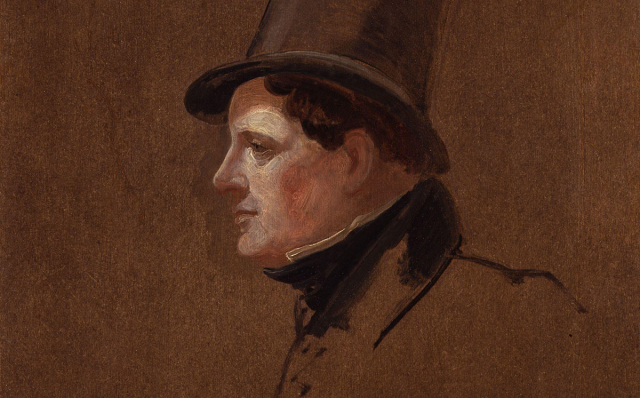Petitioning the House of Commons, 1780–1918
Petitions, Parliament and Political Culture

In this podcast Professor Richard Huzzey and Dr Henry Miller of the University of Durham discuss their research project on 'Re-thinking petitions, Parliament, and people in the long nineteenth century'. During this project they analysed records of 1 million public petitions to the House of Commons in the period 1780-1918 - and also considered petitioning to other bodies of authority. Their project offered unprecedent scrutiny of this phenomenon by looking at the totality - and variety - of petitions to MPs from men and women, humble or haughty, across Britain and the British Empire.
Professor Huzzey and Dr Miller argue that petitions provided a more popular and regular form of interaction between ordinary people and Parliament than elections. The process of petitioning, particularly the activities associated with gathering signatures such as public meetings and canvassing, promoted sustained popular engagement with politics. Petitions and petitioning were also, unlike voting, relatively open, inclusive forms of political participation that were used across the four nations of the UK. All British subjects enjoyed the formal right to petition, woman as well as men, and humble subjects as well as wealthy, well-connected individuals. Organised petition campaigns, such as those associated with Anti-slavery, the Anti-Corn Law League, or women’s suffrage, pioneered mass, organised social and political movements and new forms of permanent political organisation. Petitioning was not the exclusive property of progressive, reformist or radical campaigns, and many of the issues that generated the most petitions and signatures were associated with religious and anti-reform causes. The extension of the franchise in the late nineteenth century did not make petitioning obsolete, but the strengthening of government relative to Parliament encouraged petitioners to increasingly look beyond the House of Commons. For example, by the early twentieth century, petitioners increasingly addressed the Prime Minister as much as Parliament, as in the case of the women’s suffrage campaigns.
1. Petitioning the House of Commons: Introduction.
2. Were petitions a more regular and continuous form of interaction between people and Parliament?
3. How did petitioning enable public politics?
4. To what extent were petitions and petitioning open and inclusive?
5. What examples can we see involving campaigns of mass mobilisation?
6. Do you see much UK wide mobilisation?
7. What examples are there of appeals from marginalised individuals?
8. To what extent was their a nationalisation, organisation, and popularisation of politics in this period?
9. What role did mass organised petitioning campaigns have in developing stronger political parties?
10. What impact did the growth of disciplined political parties have on executive power and parliamentary democracy?
11. How did petitioning encourage a range of other forms of participation and a more popular politics?
12. To what extent was petitioning a very British thing?
13. With the growth of online petitions, what lessons might we learn from the activity of petitioners in the past?
14. Why has petitioning during this period been neglected by historians in the past?
In order to access the full content of the podcasts please Login or Join the HA.

